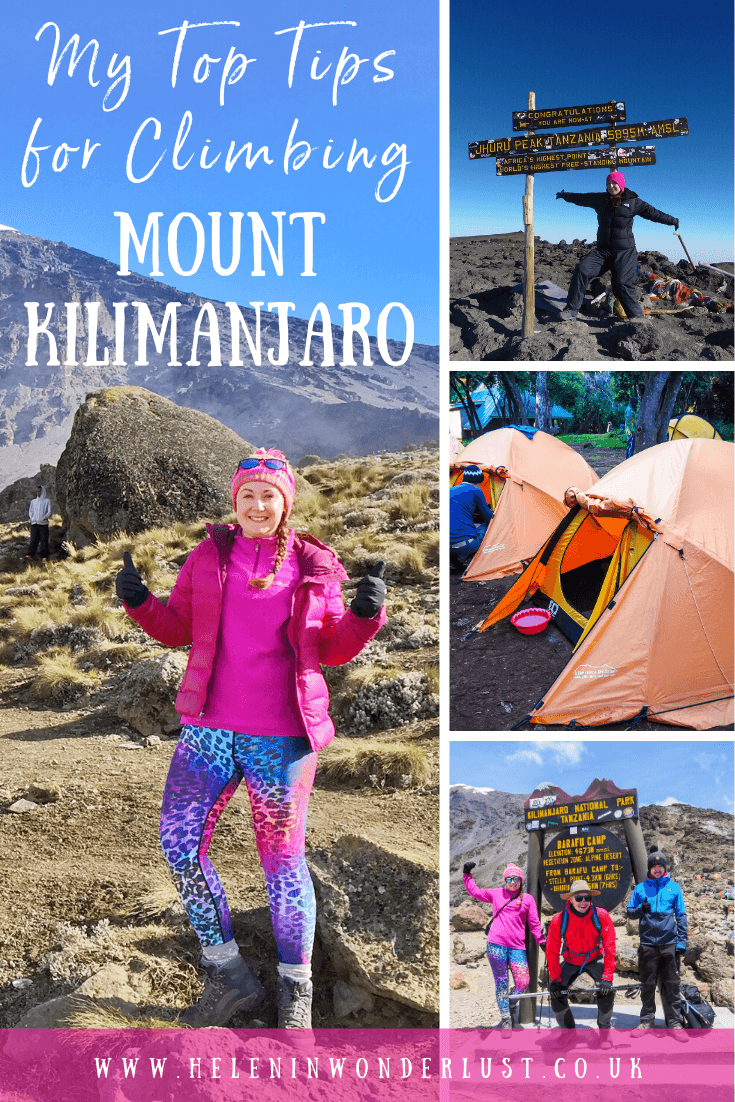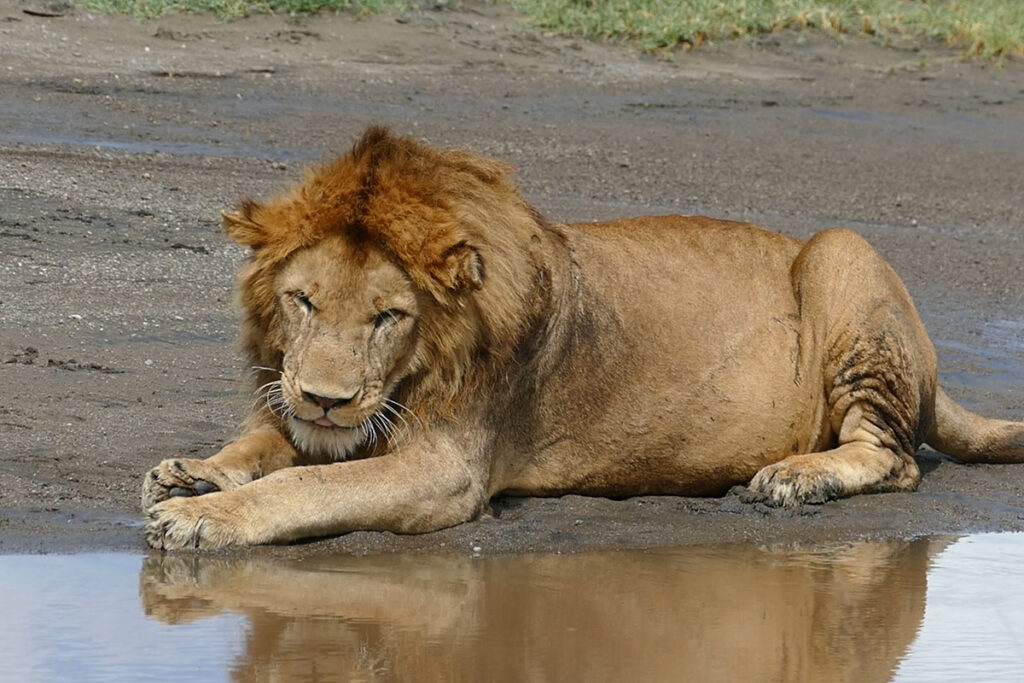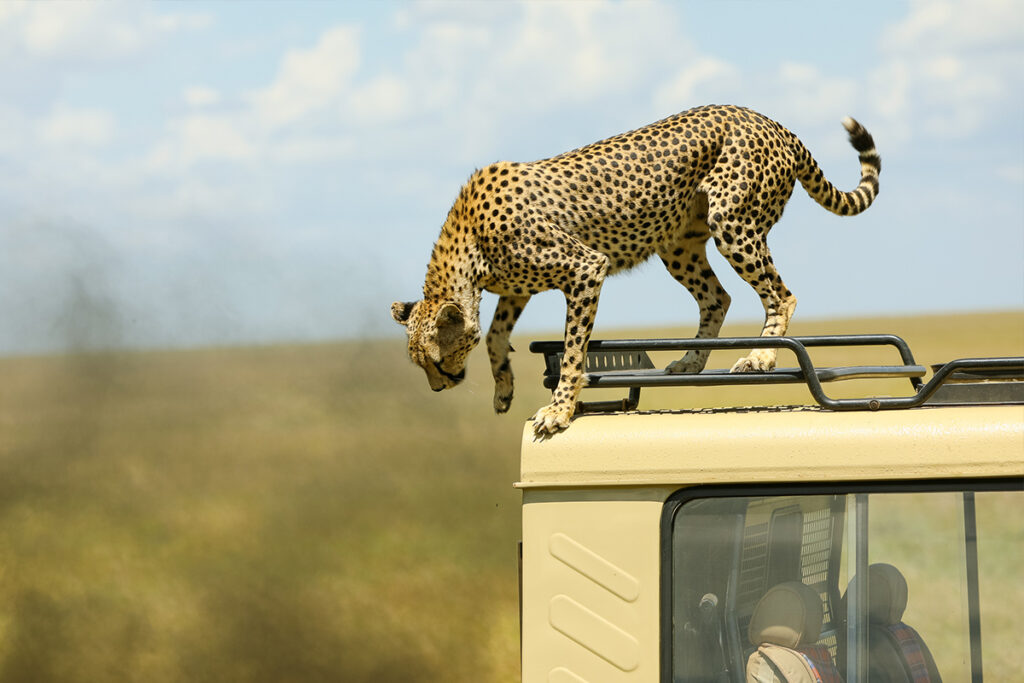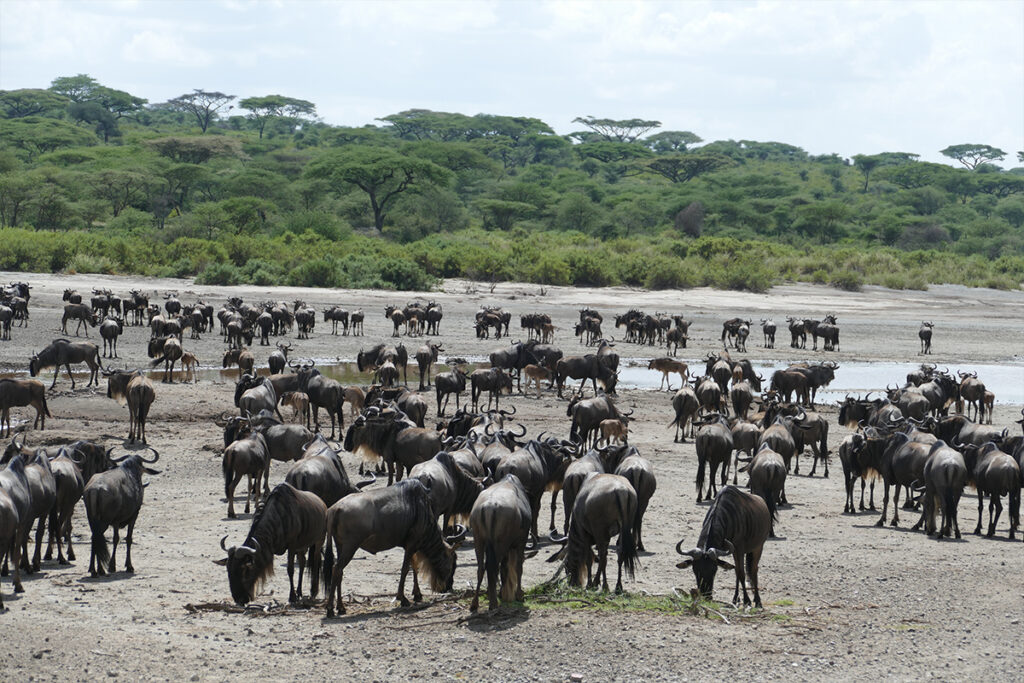Standing at a towering 19,341 feet, Mount Kilimanjaro is more than just Africa’s highest peak—it’s a dream destination for adventurers. However, despite the allure, nearly half of climbers fail to reach the summit due to inadequate preparation. Ensuring you’re part of the successful half requires meticulous planning and understanding the intricate details that make the journey safer and more enjoyable.
Gearing up for Kilimanjaro isn’t merely about packing your bags; it’s an expedition made smoother with the right knowledge. First successfully ascended in 1889, this iconic trek demands awareness of altitude challenges, with nearly 75% of climbers experiencing some form of sickness. Effective acclimatization, choosing the right route, and understanding weather conditions are pivotal for a triumphant ascent.

Travel Tips: Essential for Your Kilimanjaro Adventure
Climbing Kilimanjaro is a dream for many thrill-seekers. This African giant, with its snow-capped peak, offers breathtaking views and a challenging trek. Before your journey, check the best climbing seasons. April and May often bring rains, making trails slippery. Conversely, the dry seasons from June to October provide clear skies and stable conditions.
Packing smartly is crucial for this adventure. You’ll need clothing that keeps you warm but also allows for ventilation. Important gear includes a high-quality sleeping bag, sturdy hiking boots, and a waterproof jacket. Here’s a checklist:
- Layered clothing
- Sun protection
- Portable water purifier
- Snacks for energy
Altitude sickness is a real concern on Kilimanjaro. As you ascend, your body needs time to adjust to thinner air. To minimize risks, opt for a slower route like the Lemosho trail. Drinking plenty of water and resting when necessary are vital. Always listen to your body and communicate with your guides.
Your mental readiness is just as important as your physical preparation. Stay positive, and visualize reaching the summit. Learning about the mountain’s history and the culture of Tanzania adds depth to your trip. This knowledge enriches the experience, turning challenges into memorable stories. Remember, each step is a victory.
Conquer Kilimanjaro: Your Essential Travel Guide to the Ultimate Adventure!
Understanding the Best Season to Climb Kilimanjaro
The timing of your Kilimanjaro climb can make or break your experience. Generally, the best months to trek are from January to March and June to October. These periods offer the most stable weather, with less rain and clear skies. Avoid the heavy rains of April, May, and November, as they muddy the trails. Snowfall is more likely from November to December, adding a layer of difficulty.
If you’re interested in lush landscapes, the short rainy season from March to May might appeal to you. During this time, the mountain is less crowded, making it a peaceful experience. However, be prepared for slippery paths and impaired visibility. Rain gear is essential here, so pack wisely. Always check the forecast before embarking.
Temperature variations are drastic as you ascend. At the base, temperatures are mild, but near the summit, they can drop below freezing. This requires layering your clothing to adjust easily. A typical temperature chart:
| Altitude Level | Temperature Range |
|---|---|
| Base (1,000–1,800 m) | 15–30°C |
| Summit (5,895 m) | -7 to -29°C |
Safety and preparation should guide your seasonal choice. Many climbers prefer the dry months due to predictable trail conditions. Still, the quieter months offer a unique solitude. Whatever your preference, understanding the weather patterns boosts your odds of a successful summit. Planning is your first step toward the top.
Choosing the Right Gear and Equipment
Preparing for a Kilimanjaro climb involves more than physical readiness; you need the right gear. Layering clothing helps you handle temperature changes from base to summit. Start with moisture-wicking base layers to stay dry. Next, add insulating layers that can be adjusted during the climb. Finish with a waterproof and windproof outer layer to protect against harsh conditions.
Your footwear is crucial for a successful trek. Invest in high-quality hiking boots with good ankle support and grip. Break them in before the journey to prevent blisters. Don’t forget gaiters to keep out debris and snow. Comfortable socks are essential for happy feet.
Accessories can make or break your comfort level on the mountain. A reliable headlamp is useful for pre-dawn hikes. Sunglasses with UV protection shield your eyes from glare. Other essentials include:
- Warm hat and gloves
- Buff or neck gaiter
- Trekking poles for stability
Finally, pack a sturdy backpack to carry your daily essentials. This includes snacks, water, and a camera to capture the stunning views. A hydration system is convenient, letting you drink while walking. Think of your backpack as your lifeline, keeping vital items within arm’s reach. Plan well, and your climb will be more comfortable and enjoyable.
Acclimatization Strategies for High Altitude
Acclimatizing to high altitude is crucial for a successful Kilimanjaro climb. The air gets thinner as you ascend, making it harder to breathe. To adapt, your body needs to produce more red blood cells. This process takes time, so follow a slow and steady pace. Don’t rush; it’s not a race.
Hydration is key to acclimatization. Drinking plenty of water helps your body adjust to the decreased oxygen levels. Aim for at least 3 to 4 liters a day. Avoid alcohol and caffeine, as they can dehydrate you. Keep a water bottle handy and sip regularly.
Listen to your body and recognize the symptoms of altitude sickness. Common signs include headache, dizziness, and shortness of breath. If you experience these, communicate with your guide immediately. Taking breaks and resting can alleviate mild symptoms. If symptoms worsen, descending to a lower altitude is essential.
Choosing the right trek strategy also influences acclimatization. Some routes, like the Lemosho Route, offer gradual ascents. These allow more time to adjust to the altitude. Here’s a comparison of acclimatization-friendly routes:
| Route | Days | Acclimatization Benefits |
|---|---|---|
| Lemosho | 7-8 | Gradual ascent, scenic |
| Machame | 6-7 | Challenging but popular |
| Marangu | 5-6 | Faster, less time to acclimate |
Pre-trip preparation can also aid acclimatization. Spend time at higher altitudes before the climb, if possible. Exercises like hiking, swimming, and running can increase your lung capacity. Training your body to cope with strenuous activities enhances performance. Being fit and well-prepared is your best strategy for a successful summit.
Physical and Mental Preparation Tactics
Getting ready for Kilimanjaro requires both physical and mental preparation. Physically, focus on aerobic exercises like jogging, cycling, or swimming. These activities build stamina and enhance lung capacity. Aim for regular workouts at least three times a week. Don’t forget to include strength training for your legs and core.
Hiking practice is vital, too. Simulate trek conditions by hiking on various terrains. Try long hikes, especially on weekends, wearing your backpack. This mimics the actual climb and conditions your body. Adjust your pack to ensure you’re comfortable with the load.
Mental toughness plays a big role in conquering Kilimanjaro. The journey can be challenging, testing both patience and determination. Visualization exercises can help; picture yourself reaching the summit. Also, practice mindfulness to stay calm under pressure. Taking short, focused breaks also rejuvenates your mind during long hikes.
A balanced diet supports both body and mind preparation. Foods rich in carbohydrates provide energy, while proteins aid muscle recovery. Keep hydrated to help nutrient absorption. Before your trip, consider consulting a nutritionist for tailored advice. A healthy diet fuels both your training and the trek itself.
Team support is another crucial factor. Surround yourself with encouraging friends or join a climbing group. Sharing experiences enhances motivation. Plus, discussing the journey can offer practical tips and boosts morale together. Motivated individuals climb higher.
Key Health and Safety Measures
Prioritizing health and safety can make your Kilimanjaro climb enjoyable and successful. Regular health check-ups before the trip ensure you’re fit for the journey. Vaccinations for diseases like yellow fever may be necessary. It’s essential to consult your doctor about any specific health concerns. Proper medical advice can prevent complications.
Maintaining hydration is critical while on the mountain. Dehydration can lead to severe altitude sickness. Always carry a water bottle and purifying tablets. Aim to drink at least 3 to 4 liters of water daily. Hydration boosts your energy levels and helps your body adjust to the altitude.
Altitude sickness, also known as acute mountain sickness (AMS), is a serious concern. Symptoms include headaches, nausea, and dizziness. To combat AMS, ascend slowly and take rest days to acclimatize. If symptoms persist, descending to a lower altitude is crucial. Familiarize yourself with early warning signs.
A well-stocked first aid kit is indispensable. Pack essential supplies like bandages, antiseptics, and pain relievers. Include any personal medications you may need. Here’s a basic checklist:
- Adhesive bandages
- Water purification tablets
- Blister treatment
- Rehydration salts
Hiring an experienced guide enhances safety on the trek. They provide valuable knowledge about the terrain and emergency procedures. Guides also monitor your health and adjust the pace accordingly. Their expertise can make all the difference in difficult situations. Trust in their guidance ensures a safer climb.
Lastly, insurance coverage is a safety net. Comprehensive travel insurance that includes high-altitude trekking is vital. It covers emergencies like evacuations and medical treatments. Check the policy details before purchasing. Insurance offers peace of mind, letting you focus on the adventure ahead.
Importance of Local Guides and Porters
Local guides and porters play a crucial role in your Kilimanjaro adventure. Their knowledge of the mountain’s terrain ensures a safe and successful climb. Guides offer insights into the best routes, helping you avoid potential hazards. They also track weather conditions to make informed decisions along the way. Their expertise is invaluable when you’re navigating unfamiliar paths.
Porters lighten your load by carrying heavy gear and supplies. This allows you to conserve energy for the trek itself. Without their assistance, many climbers would find it difficult to complete the journey. Porters set up campsites, ensuring you have a place to rest each night. A typical porter setup includes:
- Tents and sleeping bags
- Cooking equipment
- Food supplies
- First aid kits
Additionally, employing local guides supports the community economically. The income aids their families and contributes to local development projects. Choosing ethical tour companies that treat workers fairly ensures this impact is positive. Fair wages and safe working conditions are essential considerations. Supporting locals empowers sustainable tourism in Tanzania.
Cultural exchange is another benefit of having local guides by your side. They introduce you to regional traditions, enriching your experience on the mountain. Learning about their culture fosters mutual respect between travelers and residents. These interactions enhance understanding beyond just trekking together. It’s an opportunity for meaningful connections.
Trusting experienced guides can provide peace of mind throughout your trek. They handle emergencies and offer reassurance during challenging moments, lifting spirits when needed most. Knowing there’s someone skilled nearby boosts confidence in reaching the summit successfully—both safely ascending Kilimanjaro while having an impactful travel experience combined with cultural immersion aspects makes hiring locals worthwhile investments!
Respecting Local Culture and Environment
During your Kilimanjaro adventure, respecting the local culture and environment is essential. Tanzania is rich in traditions that offer travelers a unique experience. Learning a few Swahili phrases can go a long way in showing respect. Locals appreciate when visitors make an effort to connect with their culture. Simple greetings create positive interactions.
Responsible tourism helps preserve the natural beauty of Kilimanjaro. Follow the “leave no trace” principle to minimize your environmental impact. Avoid littering on trails and dispose of waste properly. Stick to designated paths to protect fragile ecosystems. These actions help keep the mountain pristine for future adventurers.
Sustainable practices also involve supporting local businesses. Choose accommodations, restaurants, and tour operators that prioritize eco-friendly methods. This ensures your money contributes to the community’s well-being. Ethical tourism promotes a balanced economy, benefiting locals while protecting the environment. It’s a win-win situation for everyone involved.
Engaging with local communities enhances your travel experience. Participate in cultural events or visit local markets to learn more. These activities provide insight into daily life in Tanzania. Through firsthand experiences, you’ll gain a deeper appreciation for the people. Building such connections enriches your journey significantly.
Understanding the significance of Mount Kilimanjaro holds cultural importance too. For local tribes, the mountain is not just a tourist attraction but a sacred place. Respecting their beliefs and customs is crucial during your visit. Guides can offer valuable insights into these traditions. Embrace the learning opportunity to broaden your perspective.
Key Takeaways
- Choose the best season for clear skies and safe trails.
- Pack essential gear to handle changing mountain climates.
- Acclimatize properly to avoid altitude sickness on the ascent.
- Respect local cultures and support sustainable tourism practices.
- Expert guides enhance safety and enrich your climbing experience.




